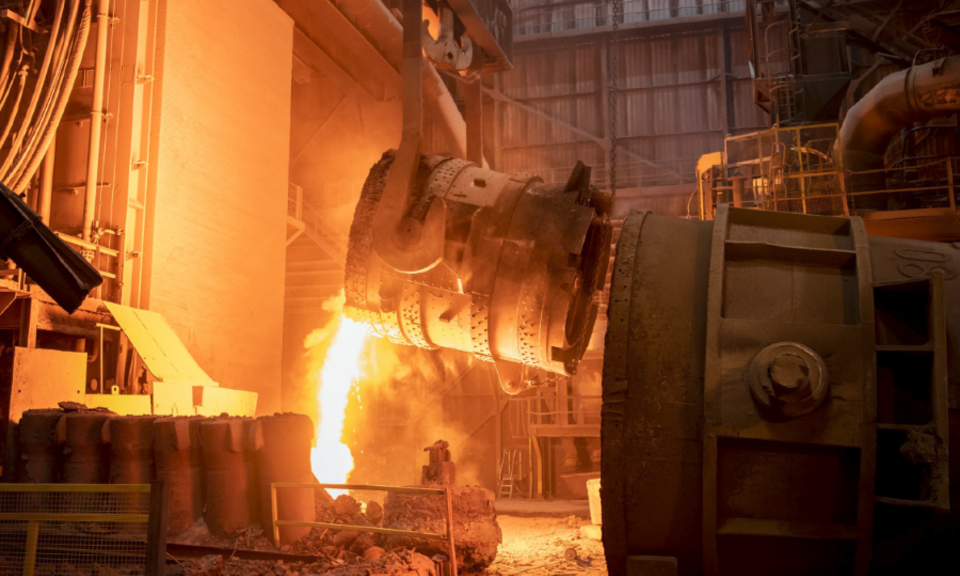
Asian carbon emitting companies will see consistent negative margins in the next decade if they do not decarbonise. Asia is the fastest-growing carbon trading market, with many countries within the region among the world’s major emitters of greenhouse gases (GHG). The Asia Pacific region stands out as the most vulnerable region to climate change in the world. Yet, many countries in the region tread lightly when it comes to introducing carbon pricing schemes to promote decarbonisation, as it is commonly believed that high carbon prices can impede the competitiveness of domestic industries.
The cost of carbon will increase considerably over the next 30 years, in order to encourage action against climate change. The issues of rising carbon prices has become a pressing issue for many organisations, particularly in the steel and cement industry. Although the impact varies across firms, industries, and countries, the study finds that the majority of companies in the Asian regioncannot survive rising carbon prices, with decarbonisation being offered as the only solution.
This report, published in partnership with the Singapore Green Finance Centre, explores the financial impact of decarbonisation on Asian cement and steel companies covered by selected Asian Emission Trading Schemes, serving to quantify the effect of carbon pricing systems on leading cement and steel producers, operating primarily in China and South Korea.
Researchers Dr Anastasiya Ostrovnaya, Antigoni Theocharidou, Julian Smart, Jan Ahrens and Dr Bob Buhr conclude that the only way to reduce carbon price liability would be for these companies to decarbonise. However, the paper also reveals that the funds needed for firms to fully decarbonise may exceed most companies’ valuations. This timely report is published as carbon pricing sits atop the COP28 agenda.
This report has been published by the Centre for Climate Finance & Investment at Imperial Business School, alongside the Singapore Green Finance Centre.